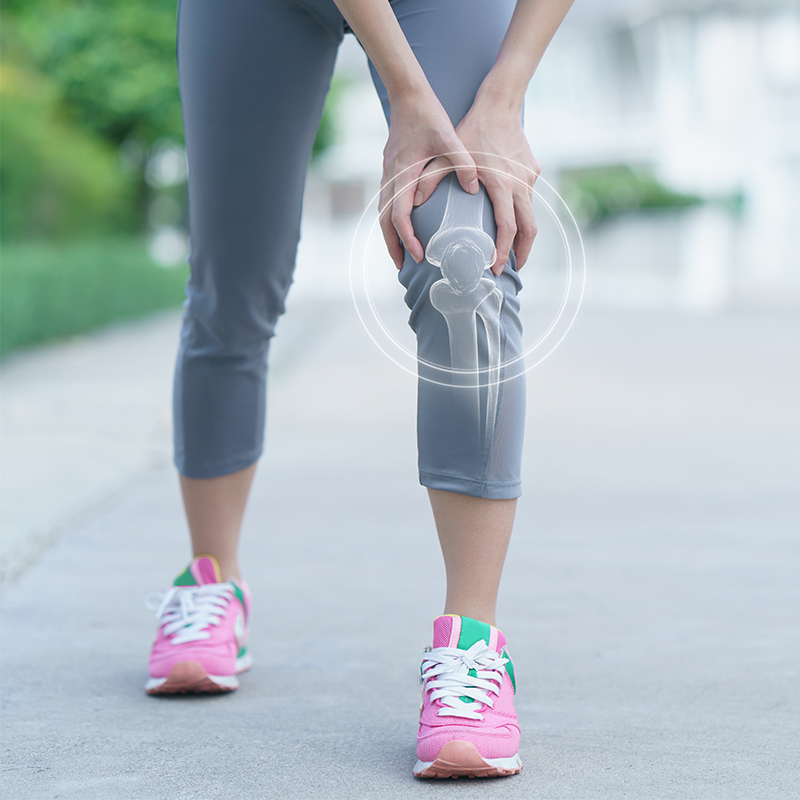Do you have a nani, dadi with a stooped back who seems to have lost her height with age and time? She, like many women, might be suffering from osteoporosis. The appearance of a widow’s hump or a fractured wrist or hip from a fall may be the first actual symptom of osteoporosis.
On World Osteoporosis Day, TC46 connected with Dr Siddharth M. Shah, Consultant Orthopaedics & Joint Replacement Surgeon at SL Raheja Hospital, Mumbai. Here he talks about the causes, diagnosis, treatment plans and more.
1. What Is Osteoporosis? What Are The Causes Of It?
Osteoporosis is characterised by loss of bone density which makes it weak and fragile. Osteoporotic bones can fracture easily. Common risk factors for osteoporosis are:
- Increasing age
- Calcium and vitamin D deficiency
- Hormonal imbalance (low levels of sex hormones, high levels of thyroid hormone)
- Excessive alcohol consumption
- Smoking, sedentary lifestyle
- Certain medications (steroids, anti-epilepsy drugs, chemotherapy drugs)
- Certain medical conditions (rheumatoid arthritis, cancer, kidney/liver failure)
2. Why Is It More Common In Women?
The hormone oestrogen in women helps maintain bone mass. After menopause, the declining levels of oestrogen result in accelerated bone loss causing osteoporosis.
3. What’s The Difference Between Osteoporosis & Arthritis?
Osteoporosis affects the bones, whereas arthritis affects the joints. Arthritis refers to inflammation of the joints.
4. What Are Some Early Signs & Symptoms Of Osteoporosis?
Osteoporosis is a silent disease. Patients usually present with a fracture that occurs after trivial trauma. Osteoporotic fractures usually affect the hip, spine, or wrist.
5. How Is It Diagnosed?
Osteoporosis is diagnosed by performing a bone density scan. The two common types of bone density scans are DEXA (x-ray based) and CT based bone density scan. These tests provide scores that help to classify one’s bone density as normal, Osteopenia (mild), Osteoporosis, or severe Osteoporosis.
6. What Are Some Medical Treatments Advised For The Condition?
Calcium and vitamin D supplementation are advised to patients with milder manifestations (Osteopenia). Patients with osteoporosis are advised to take special medications like Bisphosphonates, oestrogen hormone-related medications, Denosumab, or Recombinant Parathormone; in addition to calcium and vitamin D.
7. What Are Some Home Remedies, Diet, & Lifestyle Changes One Can Make To Deal With This Condition?
One must consume a healthy and balanced diet, rich in proteins, calcium, and vitamin D. Quit smoking and alcohol consumption as they adversely affect bone density. Perform healthy physical activities regularly which will help maintain bone strength. Maintaining a healthy body weight also reduces the risk of osteoporosis. One must try to protect themselves from falls as even a trivial injury can result in a fracture in osteoporotic patients.
8. What Is The Role Of Supplements In This Condition? Can It Prevent Or Delay The Onset Of It?
Calcium and vitamin D supplements can help prevent osteoporosis. Adults require 1000-1200 mg of calcium and 400-600 IU of vitamin D daily.
9. What Are Some Exercises Or Workouts That Are Safe For Those With Osteoporosis?
Individuals with osteoporosis must perform exercises and workouts under the guidance of their doctor. Low-impact weight-bearing exercises like walking, brisk walking, stair climbing and using elliptical or cross-trainers can help strengthen the bones. Resistance exercises using weights and resistance bands that help strengthen the muscles are also beneficial in osteoporosis. One must avoid high impact exercises or those which involve deep forward bending and twisting of the body as they can cause fracture of osteoporotic bones. Following is the list of yoga for hormonal imbalance, do check it out here.
10. Are There Any Alternative Treatments For The Condition?
Dietary and lifestyle changes discussed earlier can help prevent or delay osteoporosis. Once osteoporosis is diagnosed, medical treatment can help manage it and prevent it.


